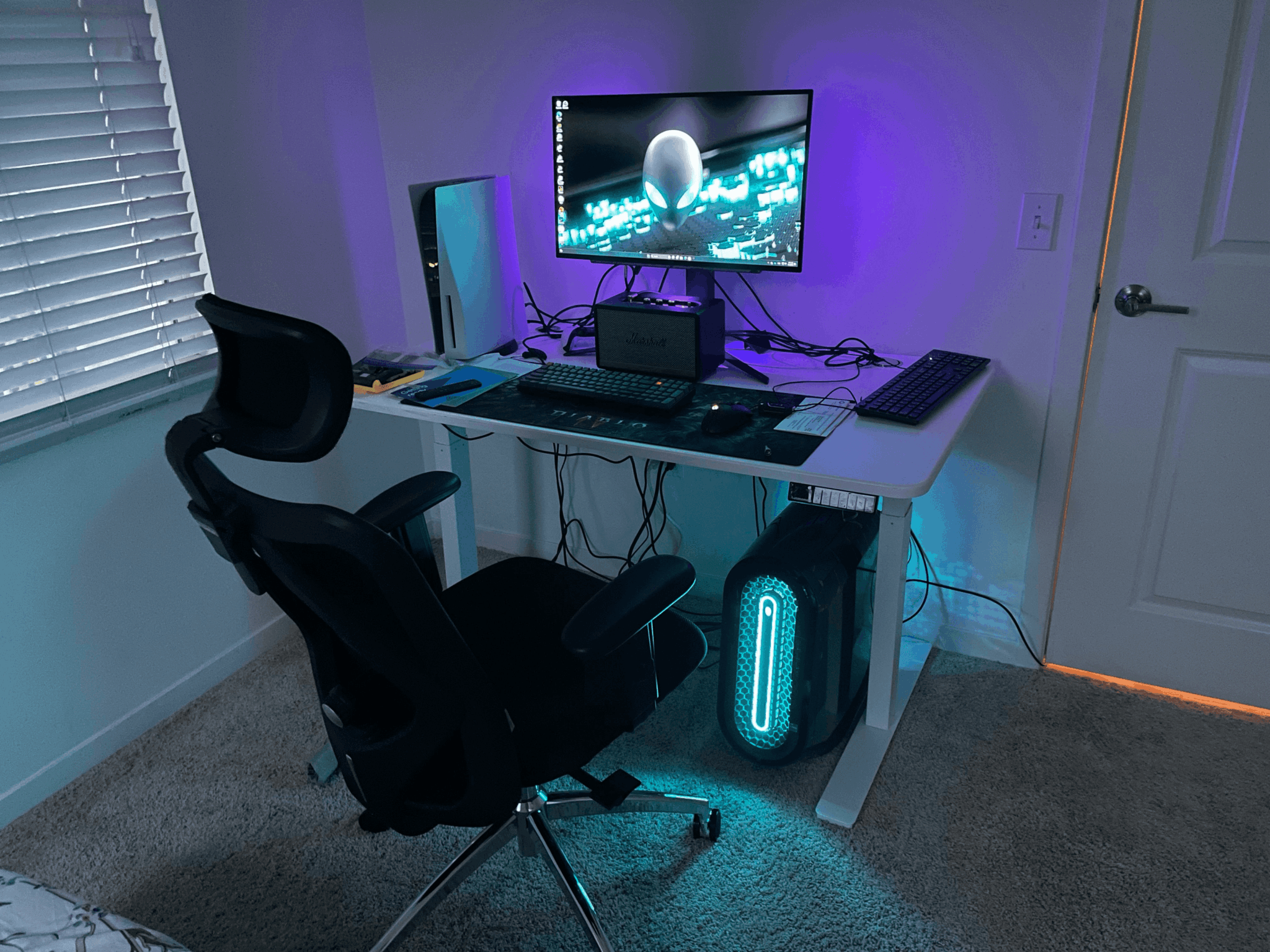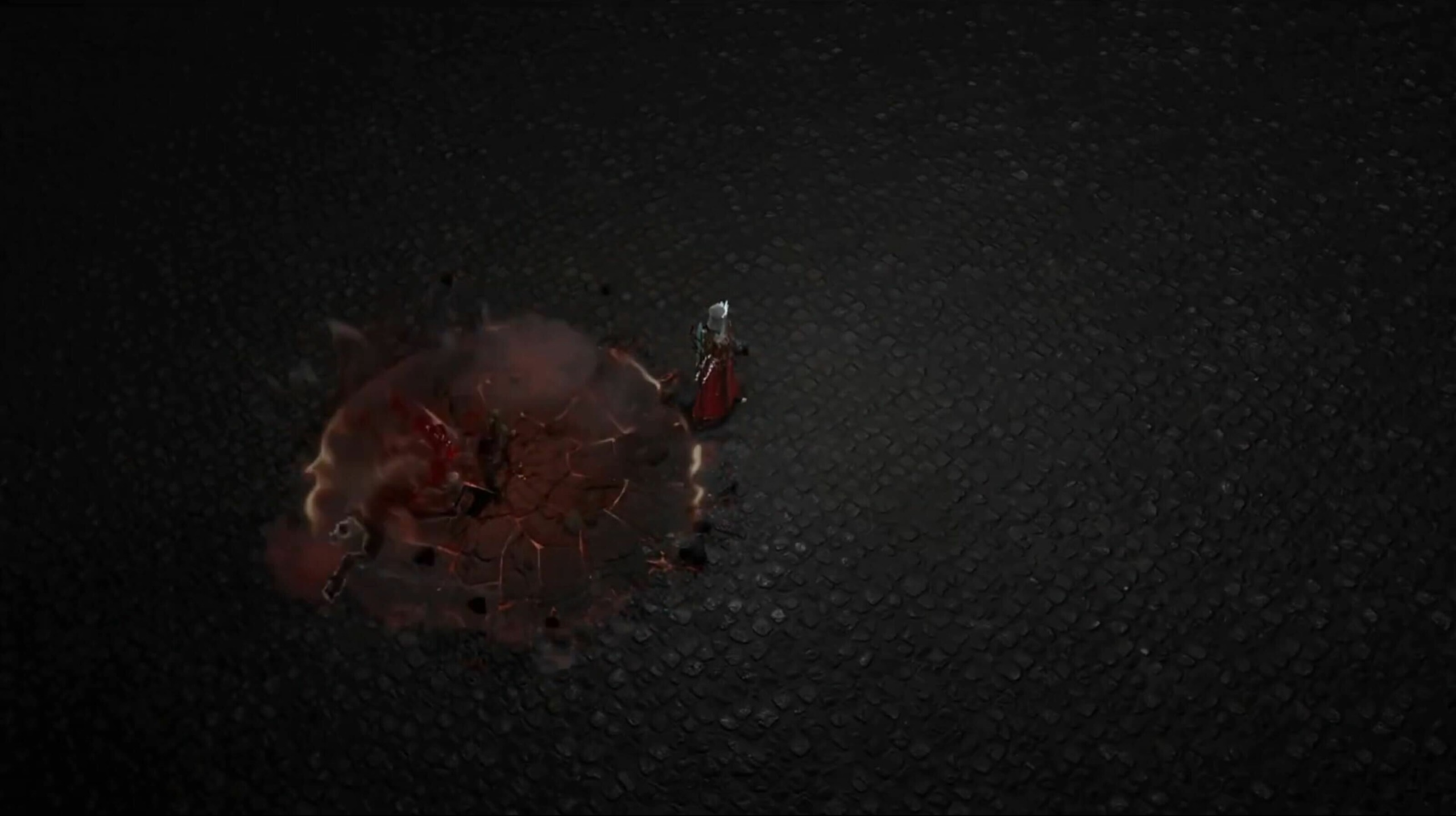We’re excited to introduce you to the always interesting and insightful Qiwei Zhang. We hope you’ll enjoy our conversation with Qiwei below.
Qiwei, thanks for taking the time to share your stories with us today Did you always know you wanted to pursue a creative or artistic career? When did you first know?
The first time I knew I wanted to pursue creative professionally was when I studied at art school. Before that, my goal was to be a fine artist since I had more experience with traditional drawings. I became interested in console games and wondered about developing visually stunning game art, Since that time, next-generation console games like Bloodborne, the concepts and effects are stunning. And makes me passionate about learning game engine, start making models and animations, try to bring my art knowledge into game development.

Awesome – so before we get into the rest of our questions, can you briefly introduce yourself to our readers.
Hey there, I’m Qiwei Zhang. I am an FX artist who creates both real-time VFX in-game engine and cinematics, varying from photo-real to stylized. I have a comprehensive understanding of the entire 3D pipeline and can handle different disciplines, extending beyond FX. My approach prioritizes efficient workflows, optimized storage, and organized workspaces. I got into the industry after I graduated, and have worked at Tencent, Blizzard, and Sony PlayStation projects so far. My knowledge of technical artist experience marks sets me apart from other VFX artists, since I have more technical approaches to solving issues in game development, and provide better performance, visual design based on the best techniques like parallax shaders to create the ice surfaces with better render performance. The works I’m proud of were when I worked for Diablo IV projects at Blizzard, I started to design a new effect that helped the visual language of new elements in the game, which had no concepts before. I created it from scratch and provided better solutions in both concepts and gameplay, which helped my early career growth. I wanted to try different kinds of tasks at the early stage in game development, which helps me to get to know well the game art direction, gameplay, and get to know co-workers well, which could solve more issues and save time in early development compared to solving by myself.

For you, what’s the most rewarding aspect of being a creative?
For me, the deepest reward lies in crafting moments that stunning visuals and unforgettable scenes for players. VFX isn’t just eye candy-it’s the visual language of game feel. Whether it’s the weight of a sword swing, the awe of a spell explosion, or the tension in a stealth effect, we sculpt the feedback that tells players, ‘This matters. ‘There’s a unique thrill in solving creative-technical puzzles: How do I make this dragon’s breath feel scorching but readable? How can 500 particles convey sorrow? When players react to those effects-leaning into a dodge, gasping at a reveal, or feeling immersed in a world we’ve visually ‘sounded’—that’s the magic. We’re not just artists; we’re emotion engineers

What do you think is the goal or mission that drives your creative journey?
My goal is to be an art director in game development. My VFX work taught me how to manipulate my art institutional knowledge to my VFX works in the game project. and try best to work with team members, sharing best approach to solve the issues as an Art Director, owning the entire visual narrative. Kojima’s Death Stranding inspires me here: its VFX, environments, and Ul all serve a singular theme of ‘connection! To get there, I’m actively developing skills in concept art, lighting, and art pipeline leadership. I want to guide teams to create worlds where every texture, particle, and shadow feels intentional-like Kojima’s team making even rain a storytelling device.
Contact Info:
- Website: https://qiweiart.wixsite.com/website
- Linkedin: https://www.linkedin.com/in/qiweiart



